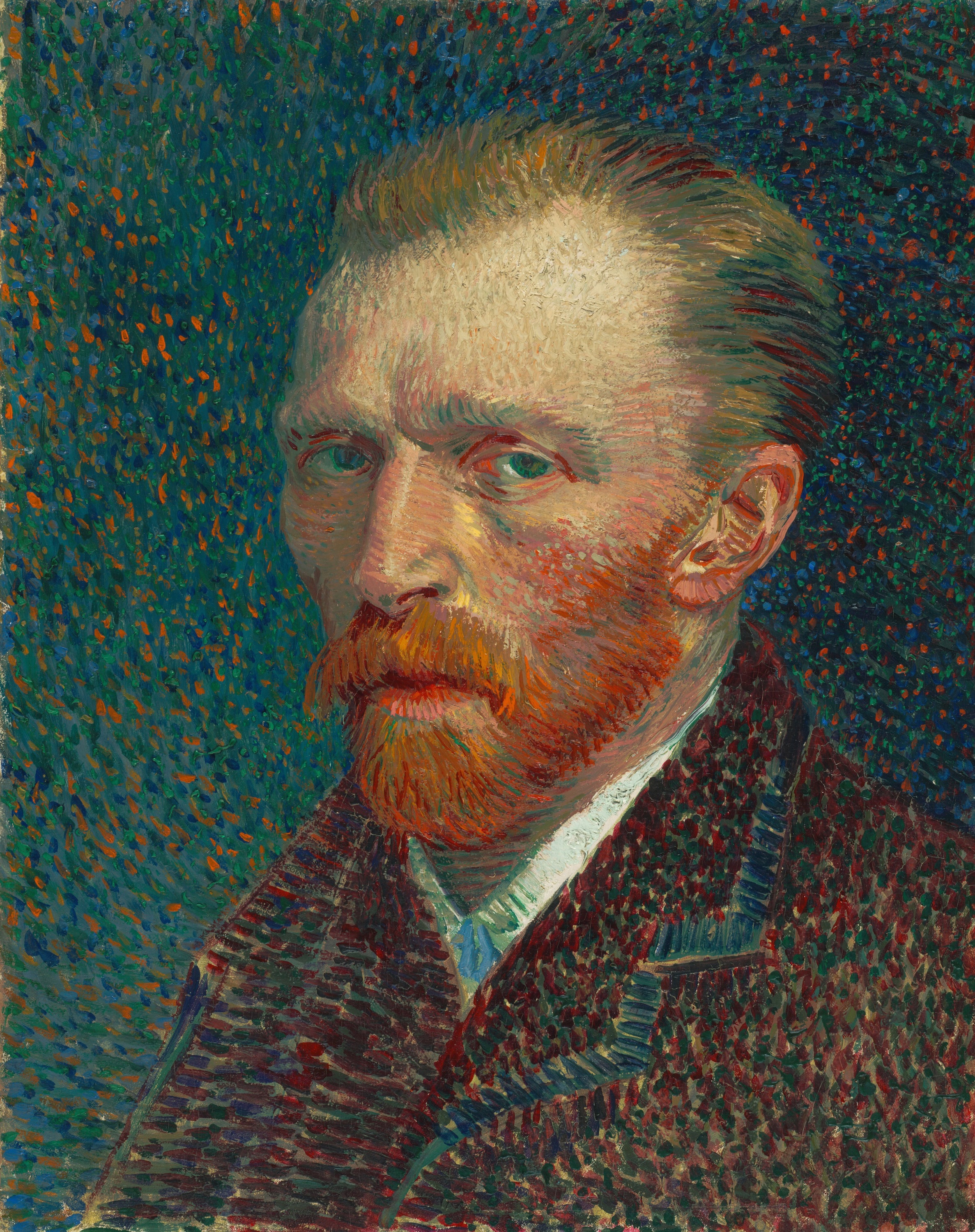For a whole year, from May 9, 1889, to May 16, 1890, Vincent van Gogh started his days in a similar way. Each morning, as he looked out the window of his room, he saw a scene just like the one in this painting: a wheat field surrounded by a low stone wall, a few poplars, and an old farmhouse, all bathed in the early morning light. This window faced east, and the daily sight of the rising sun filled Vincent with excitement and inspiration. He even started painting this scene, featuring a plowman working the land, at the end of August 1889 and finished it on September 2. This was a big step for the artist, as he hadn't painted for about a month and a half since mid-July. The staff at the Saint-Paul de Mausole asylum in Saint-Rémy, where he was staying, had locked him out of his studio until he regained his health and a calmer state of mind.
Van Gogh referred to this painting in his letter to his brother Theo dated on or around 2 September: “Yesterday I started working again a little—a thing I see from my window—a field of yellow stubble which is being ploughed, the opposition of the purplish ploughed earth with the strips of yellow stubble, background of hills. Work distracts me infinitely better than anything else, and if I could once again really throw myself into it with all my energy that might possibly be the best remedy” (Letters, no. 798).
Have a calm Wednesday everyone!
P.S. Don't miss our collection of Van Gogh products in the DailyArt Shop!
P.P.S. "The only time I feel alive is when I am painting." Read how art saved Van Gogh's life.

.jpg)
 Vincent van Gogh
Vincent van Gogh